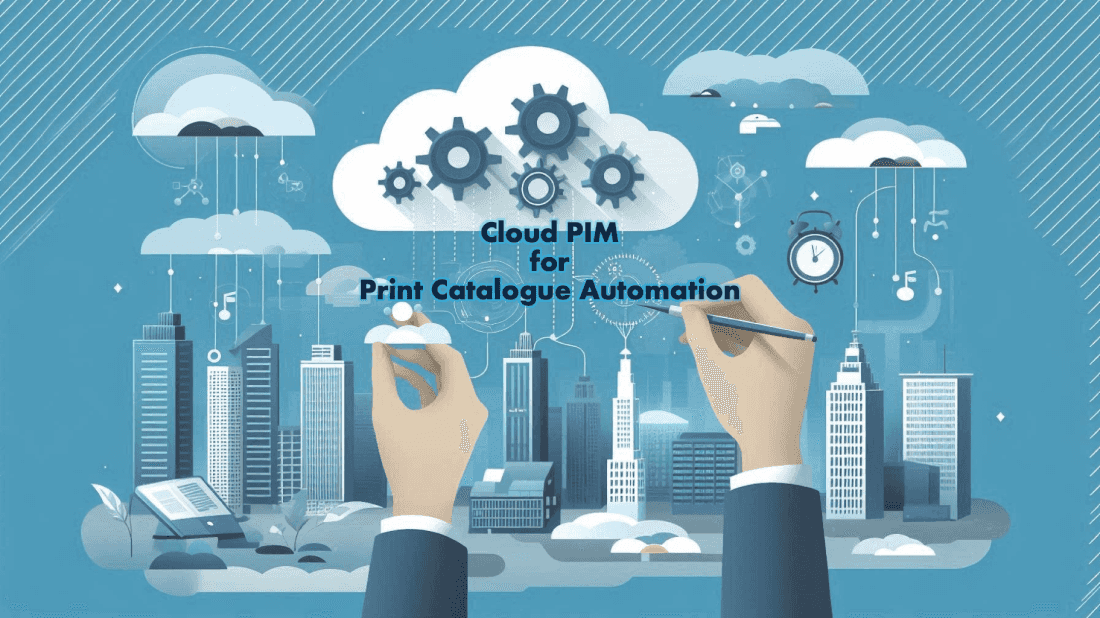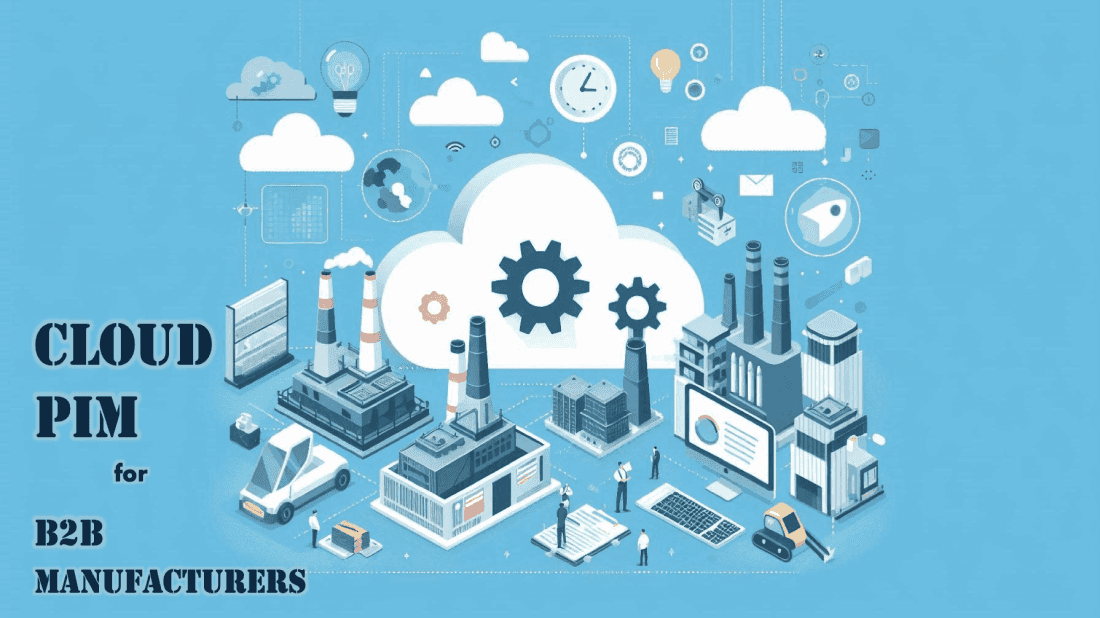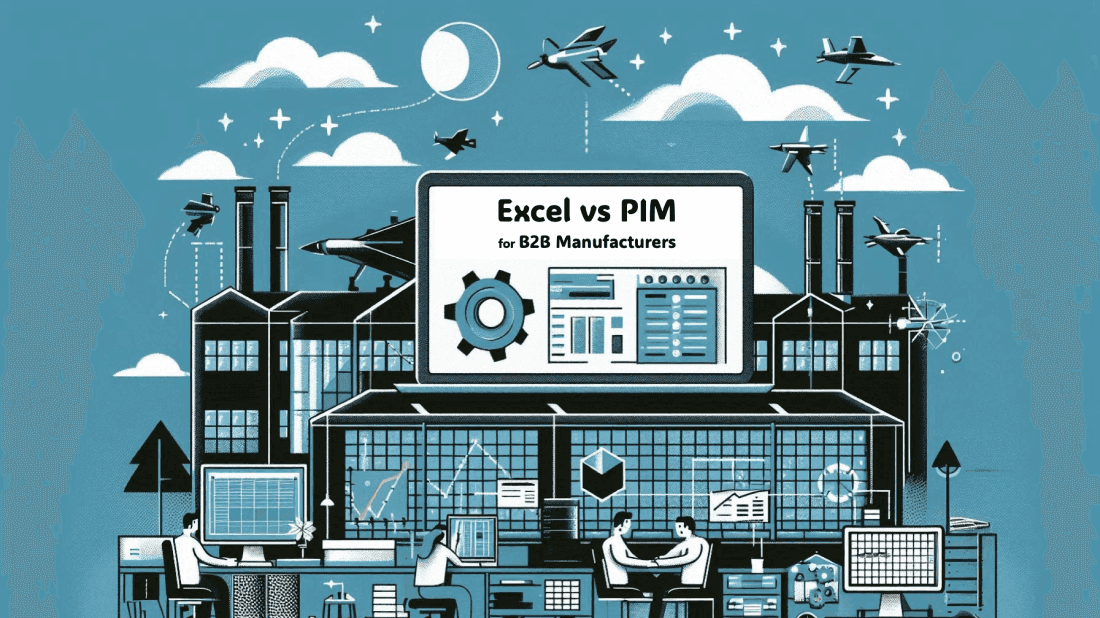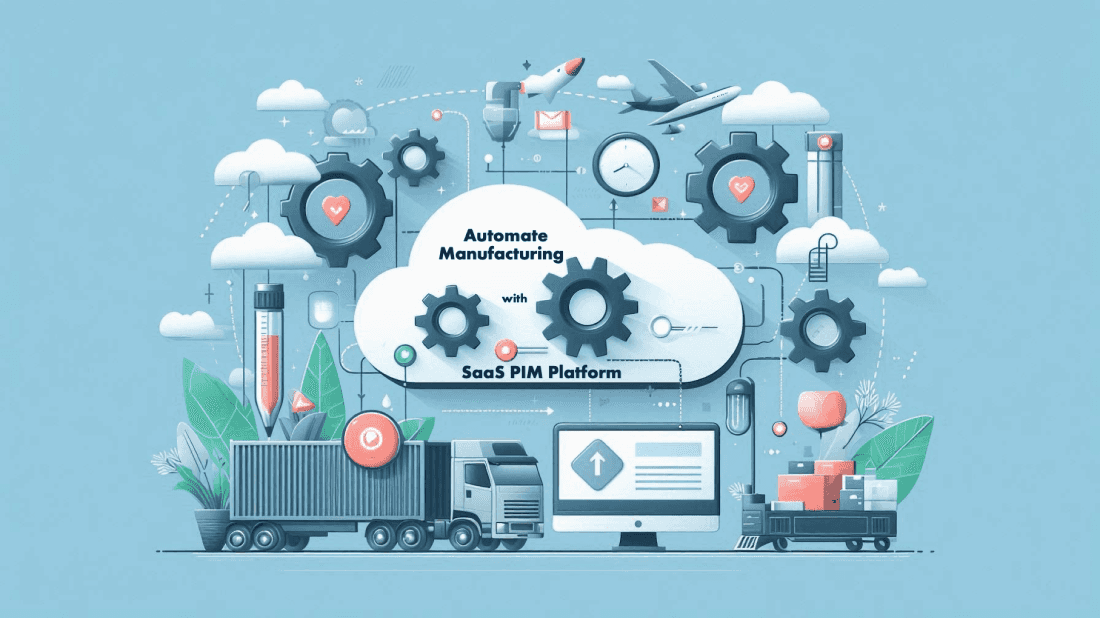May 7th, 2024
Unlocking Channel Partner Success: 3 Vital Traits to Prioritize
The top five US-based tech OEMs generate over 80% of their revenue through channel partners.
Channel partners help OEMs grow not only revenue but also their footprint in the market. Channel partner’s local knowledge and regional expertise help OEMs penetrate new markets easily. OEMs can localize their offerings, leverage known brands, and reduce their customer acquisition costs in the new markets.
Channel partners are critical for spreading OEM’s products and services far and wide. Empowered channel partners help the OEMs focus on innovation as they manage the customers and business growth.
What are Channel Partners?
Channel partner definition varies little across the industry, as almost every business aligns its partner network for a larger footprint. So, a channel partner is a third-party organization or individual that collaborates with a manufacturer or vendor to market, sell, or distribute its products or services to end customers.
Channel partners can include distributors, resellers, value-added resellers (VARs), systems integrators, consultants, and other types of intermediaries. They play a crucial role in expanding the reach of a company's offerings and accessing new markets or customer segments.
Channel partners typically receive commissions, discounts, or other incentives for their sales efforts and contributions to the business's success. Channel partners are a critical cog in the sales and marketing value chain for the OEMs across the industry.
Types of Channel Partners
Modern industry uses a variety of channel partners depending on which business goals the partners will serve. However, OEMs have traditionally stuck with the following types of channel partners:
- Resellers: These partners act as an external extension of your sales team. They purchase products or services from manufacturers or distributors and sell them to end customers.
- Technology Partners: These collaborators specialize in complementary tech solutions. They can enhance your product offerings by integrating their technology with yours.
- Referral Partners: Word-of-mouth promoters who refer potential customers to your business. They don’t directly sell but play a vital role in lead generation.
- Affiliates: Online product endorsers who earn commissions by promoting your products through their channels (websites, social media, etc.).
- Distributors: chain intermediaries who manage inventory and logistics. They distribute products to retailers or resellers.
- Wholesalers: Bulk product sellers who supply goods to retailers or other businesses.
- Value-Added Resellers (VARs): Customized solution providers who bundle your products with additional services or features.
- Value-Added Distributors (VADs): End-to-end solution deliverers who provide technical support, training, and other value-added services.
Benefits of Channel Partner Program for OEMs
While channel partners offer several tangible benefits to OEMs, factoring in all the benefits is important. Understanding the benefits can help OEMs design channel partner enablement programs aligned to them. This can include using the right tools and resources to empower the partners.
So, here’s a list of benefits of a channel partner program:
-
Expanded Market Reach
Reach new geographic regions and market segments through the networks and customer base of the partners.
-
Increased Sales and Revenue
Leverage the expertise and relationships of channel partners to accelerate sales cycles, and ultimately increase revenue.
-
Cost Efficiency
Shared marketing and sales expenses, reduce the overall cost of customer acquisition. Thus, partnerships allow you to scale without significant upfront investment.
-
Access to Specialized Skills
Channel partners can bring unique industry knowledge, technical expertise, and market insights.
-
Enhanced Customer Experience
Partners provide localized support, customization, and service, leading to higher customer satisfaction and loyalty.
-
Faster Time-to-Market
Partner programs enable quick expansion in new markets or launch new products.
-
Flexibility and Adaptability
Channel partnerships allow businesses to stay competitive and agile. You can identify and adapt to changing market conditions and customer preferences using partner insights.
-
Brand Visibility and Credibility
Partnering with reputable channel partners enhances brand visibility and credibility. You can benefit from your partners’ established trust and reputation in the market.
-
Focus on Core Competencies
Channel partners handling consumer-related functions help companies focus on their core competencies and strategic priorities.
-
Long-Term Growth Opportunities
Strong relationships with channel partners can lead to long-term growth opportunities. You can start joint product development, and co-marketing initiatives, and expand collaboration in new markets.
The Three Vital Traits for Channel Enablement
For Original Equipment Manufacturers (OEMs), channel partner success hinges on several key priorities that ensure effective collaboration, streamlined operations, and mutual growth. Here are three essential priorities:
1. Channel Enablement and Training
-
Developing Expertise
Providing comprehensive training and support to channel partners is essential for their success. OEMs should offer training programs that cover product knowledge, sales techniques, marketing strategies, and technical support.
-
Content Enablement
Effective channel enablement ensures that partners have the skills and resources needed to effectively promote and sell OEM products. Content such as product design and feature-related information is critical for selling high-engagement and high-value assets.
-
Solution-Oriented Sales
High competition, complex products, and strict accountability rules have driven B2B consumers to scrutinize products for solutions. The key question sales teams must address is, “Does this product solve our problem and at what cost?”
Modern channel sales are also about offering a solution rather than a good product.
Helpful Tools & Methods for Partner Training
- Qualifying certifications for channel partner onboarding process to ensure right selection
- Learning Management System (LMS) connected with the partner portal for continuous learning and certification of the partners.
- Webinars, workshops, and sales training.
- Product Information Management (PIM) and Digital Asset Management (DAM) Systems integrated with LMS and partner portals.
2. Channel Relationship Management
- Long-term success with channel sales requires strong relationships. OEMs should invest in tools and processes to foster open communication, collaboration, and trust with their partners.
- Proactive engagement and regular communication help address partner needs, identify opportunities for improvement, and resolve issues promptly. Building a collaborative partnership ecosystem fosters mutual success and strengthens the overall channel network.
Helpful Tools & Methods for Partner Communication
- Accountable Communication: Dedicated Channel Managers, and project management tools like Jira, Asana, Trello, etc. Partner Portals for dedicated partner support.
- Collaborative Development: Collaboration platforms such as Sharepoint, Google Workspace, and PIM systems with collaboration features.
3. Channel Performance Optimization
- Key Performance Indicators: Constantly monitoring and optimizing channel performance is vital for maximizing partner success and driving revenue growth. OEMs should establish key performance indicators (KPIs) to measure partner performance and track progress over time.
- OEMs can identify areas for improvement, implement targeted strategies to address challenges, and capitalize on growth opportunities. This may involve refining sales and marketing tactics, optimizing channel incentives, or expanding into new markets or customer segments.
Helpful KPIs, Tools & Methods for Channel Performance
-
KPIs are an important channel enablement tool as they help OEMs understand the gaps and opportunities. Examples include:
- Sales Stats: Revenue growth, sales performance (success rate), ROI
- Market Capture: Market share, customer satisfaction score
- Engagement Level: Partner engagement level, conflict resolution rate,
-
Performance Assistance: OEMs can boost their channel partner performance with advanced tools and support systems. A few examples of such systems are:
- Partner Relationship Management (PRM) software,
- CRM systems,
- Deal Registration Systems,
- Marketing automation tools, and performance reviews.
Product Information – Key Ingredient in Sales Enablement
Communication is key to the success of your channel partner network. Correct product information leads to correct solutions and longer lifecycles, upgrades, and happier customers. Sharing and updating your sales channels with the latest and consistent information boosts customer confidence and channel sales.
However, manually updating the large network of partners is often an uphill task. You can conduct webinars, product launches, and online learning sessions for faster diffusion of knowledge. But your sales partners may not need that information immediately.
Also, OEMs need to ensure that they are talking to the correct people. For example, while updating an enterprise user of an old product, the sales teams can offer a compatible replacement. Replacement products may not always be the latest available version of the previous product.
In short, your channel partners should have access to the product information in a way they can use it as and when they need:
- Freely accessible product information bundles
- Product design and accessories info
- Region-compatible products (compliance)
- Catalogues and marketing collaterals specific to the partner’s target market
- Language adoptions for the marketing, sales, and technical documents
So, first, the OEMs need to work on building awareness of their products and solutions for the channel partner market. Then ensure that technical and usability information is localized, and only compatible solutions are offered to the partner.
Product information management (PIM) Product information management (PIM) Neurologik’s ProductHub can facilitate channel sales enablement.
Neurologik’s ProductHub as Master Data Solution
Neurologik’s ProductHub is an advanced product information management tool that combines the features of PIM, DAM, CMS, and MDM. The SaaS tool creates a master database for all your product information, documents, images, and other digital media. The master database acts as the single source of truth for all purposes of product data.
- Single source of truth for all product data and documents
- Seamless integration and data capture from existing systems
- Identify and fill product data gaps with validated information
- Add rich attributes to allow the creation of custom solutions and packs
- Distribute and share the authentic and updated product data on websites, e-commerce portals, channel partners, etc.
- Integrate with analytics and NLP packs for data-driven decisions, and localizing product information
The master database allows OEMs to enrich their product data, add tags to the digital assets, and ensure accuracy. Secure access, regular validation, and version controls ensure a high quality of the data.
ProductHub can empower your channel partners with regionalized catalogs and document bundles. Also, you can turn your website into a self-service portal for your partners and customers. OEM website can display product information with rich attributes based on user intent to deliver custom solutions.
ProductHub can automate anywhere from 50% to 80% of your information-sharing process with channel partners. Thus, saving time and enabling partners with their sales and customer engagement efforts.







